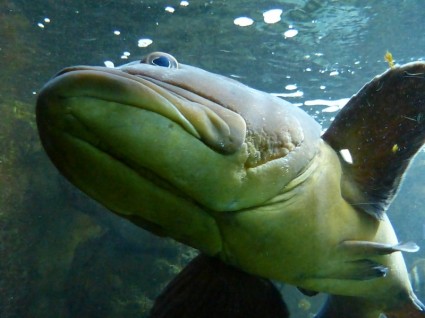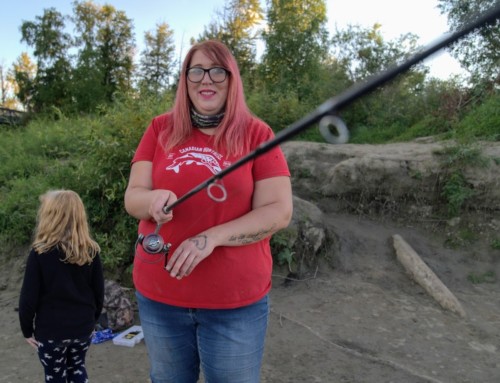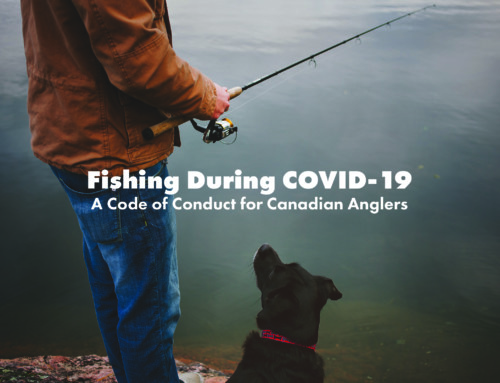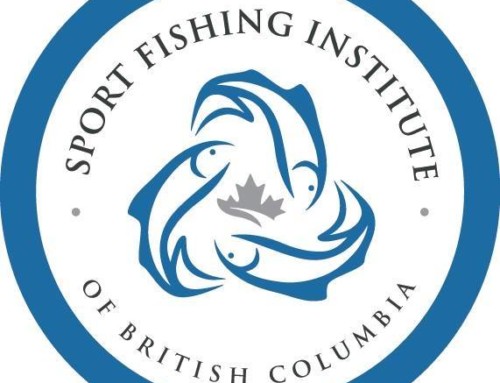Published by the National Oceanic and Atmospheric Administration
Not all aquaculture is created equal, but aquaculture in the United States operates within one of the most comprehensive regulatory environments in the world. Projects that are sited in U.S. waters must meet a suite of federal, state, and local regulations that ensure environmental protection, water quality, food safety, and protection of public health.
10 The U.S. doesn’t need aquaculture.
There are so many compelling reasons to develop domestic sources of farmed seafood. For one, it’s the best thing we can do to minimize our environmental seafood-related footprint. Second, it could guarantee a safe supply of healthy seafood for decades to come. Finally, domestic aquaculture creates jobs at home and supports vibrant coastal communities and working waterfronts. The U.S. currently imports 91 percent of its seafood, half of which comes from aquaculture. Were we to eliminate aquaculture from the seafood equation, global fisheries could not make up for current demand, let alone future needs. Read more.
9 Aquaculture uses more wild fish than it produces.
Globally, aquaculture uses less – about half a metric ton of wild whole fish goes into one metric ton of farmed seafood. Fishmeal and fish oil use in aquaculture is falling as researchers find other sources (such as algae and fish trimmings) that provide the same 40 essential nutrients needed by all animals including vitamins, dietary minerals, fatty acids, and amino acids. All farm animals need to be fed, but farmed fish are many times more efficient at converting feed into meat than other farmed animals such as cows and pigs. Read more.
8 Farmed fish isn’t safe to eat.
Farmed seafood is both safe and healthy to eat – studies have shown this time and time again. Both the diets and environments of farmed seafood are monitored throughout the life of the animal. Because of their controlled diet, the heart-healthy long chain omega-three fatty acids and other nutrients in farmed seafood have levels similar to wild. In the U.S., seafood farmers follow the same food safety guidelines as other seafood producers and land farmers, as well as undergo regular inspections. Safety-related regulations address siting, what the animals are fed, and processing, to name just a few. Read more.
7 Farmed fish are contaminated.
No farmed fish are on any “avoid” list due to mercury or other pollutants. These harmful compounds enter and concentrate in organisms largely through what they eat. The FDA and state Departments of Agriculture conduct inspections as well as collect and analyze feed and fish samples to ensure that feeds and the fish that consume them meet strict requirements. Formulated feed ingredients used in aquaculture are regularly monitored to avoid possible contamination. Read more.
6 Farmed salmon is full of harmful “color-added” dyes.
You’ve seen it at the fish market: farmed salmon with ‘color-added.’ The pigment that gives all salmon their distinctive coloration isn’t harmful at all—in fact, it’s available in concentrated form as diet supplements at your local health food store. In the wild, salmon eat krill and other tiny shellfish that contain natural pigments called carotenoids, which are powerful antioxidants and precursors of vitamin A. Carotenoids give salmon flesh its distinctive pigment (although the color varies by species). Farmed salmon are supplemented with carotenoids that are identical to the pigment that salmon consume in the wild. Both natural and synthetic carotenoids are processed and absorbed by wild and farmed fish in exactly the same manner. Read more.
5 Farmed fish are full of harmful antibiotics.
Antibiotic use in aquaculture has all but disappeared for species like salmon and is rare in others due to better husbandry and vaccines that have been developed for the major bacterial diseases. While good management practices and vaccines alone are usually enough to prevent or control disease, a farmer may, in consultation with a licensed veterinarian, use a limited number of aquatic animal drugs including antibiotics, in the case where they have been approved by the U.S. Food and Drug Administration (FDA) to treat specific conditions. The use of antibiotics for non-therapeutic purposes in aquaculture is prohibited by law. Read more.
4 Fish waste from netpen aquaculture harms the ecosystem.
Nutrient discharge from fish farming operations is organic and comes from two sources – uneaten feed and fish poop! Both of these are biodegradable and readily used by most aquatic ecosystems. In the U.S., decades of experience have led to net-pen aquaculture in balance with the ecosystem. This comes from effective management plans, proper siting, and regulatory regimes that ensure minimum impacts to the environment. Read more here and here.
3 Aquaculture causes diseases in wild fish.
Disease transfer is extremely rare with fishfish. Pathogens are a fact of life with all forms of animal production, but their presence does not normally cause disease. The environment and host have to be in a distressed state for disease to take hold. In the wild, disease is often controlled by predators picking off the sick individuals of the population, movement to better conditions, and other ecological interactions. On farms, disease is kept at bay by vaccination, good nutrition, using disease-free fingerlings, biosecurity, and husbandry practices that minimize stress in farmed fish. The use of theraputants is a last resort. Read more.
2 Farmed salmon are full of sea lice.
The parasite of greatest concern to salmon farmers is sea lice. Historically, sea lice occasionally have been a problem for farmed salmon in the State of Maine – where they exist naturally in the wild. In contrast, sea lice are not a problem for Washington State, where the water is less saline. Maine has made great strides in minimizing the incidence of sea lice by adopting an integrated pest management strategy similar to that used by organic farmers. This strategy includes reducing stocking density, bay-wide coordination among farms, early and coordinated treatments, and letting sites lie fallow between harvests. Read more.
1 Farmed fish and shellfish doesn’t taste as good.
Taste is a matter of personal preference. In 2011, people in the U.S. ate over one billion pounds of shrimp and the majority of that is farmed – people must like it! Most wild and farmed fish are different species so you would expect them to taste different just as turkey does not taste like chicken. Some people prefer the taste of wild fish and many prefer the taste of farmed. Luckily, both are very good for you!







